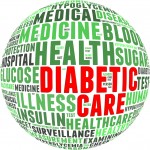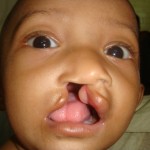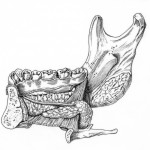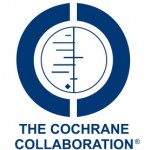
The Scottish Intercollegiate Guidelines Network (SIGN) has just launched their updated guideline on antibiotic prophylaxis in surgery. SIGN’s first guideline of this topic (SIGN 45) was published in 2000 and updated in 2008. The guideline does not aim to provide every surgical speciality with a comprehensive text on preventing surgical site infection (SSI), but rather [read the full story…]









